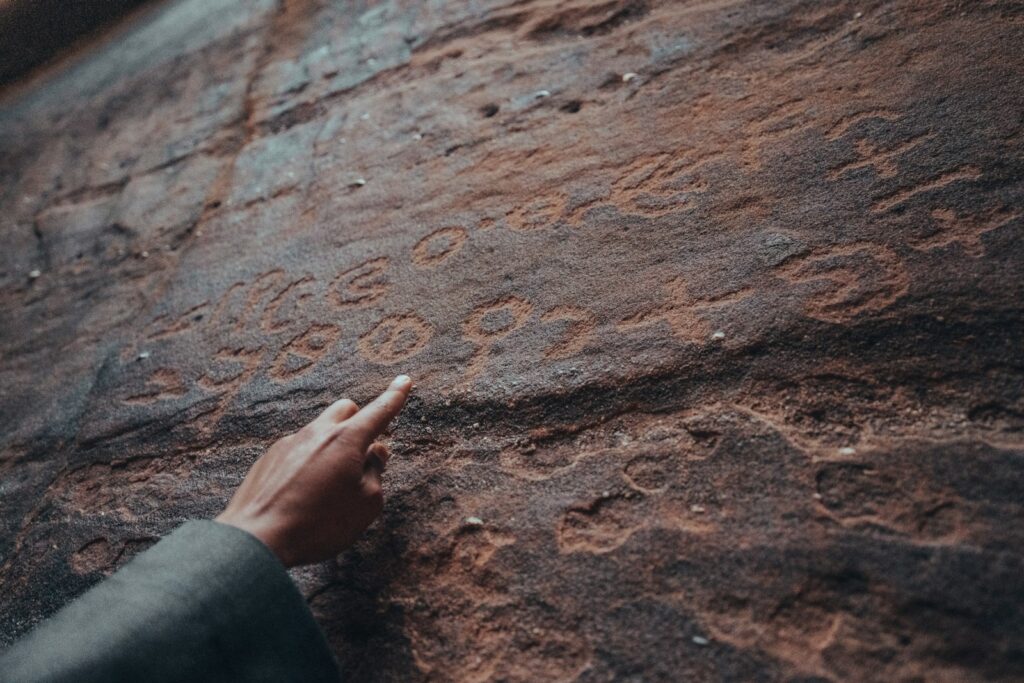The tapestry of human history stretches back millennia, woven with threads of innovation, migration, and the relentless pursuit of progress. Our journey begins not in the quiet halls of libraries, but in the echoes of ancient civilizations, where the very foundations of our modern world were laid down. This period, often termed “ancient history,” spans roughly 5,000 years, from the dawn of writing to the expansion of Islam in late antiquity, a remarkable era that witnessed an exponential increase in global population and the blossoming of complex societies across continents.
From the earliest flickers of controlled fire to the grand empires that shaped continents, the ancient world is a testament to human ingenuity and resilience. It is a chronicle of how our ancestors transformed the wild earth into settled communities, developed sophisticated forms of communication, and organized themselves into intricate social structures that continue to influence us today. We invite you now on an immersive exploration of these pivotal epochs and the groundbreaking achievements that defined them, tracing the roots of our collective past.
Our expedition will unveil the dramatic shifts that marked the Stone, Bronze, and Iron Ages, witnessing how humble beginnings blossomed into vibrant cultures. We will traverse the ancient landscapes where crucial inventions reshaped daily life, from the potter’s wheel to the simple plough, and explore the earliest known civilizations that emerged from the fertile river valleys, giving birth to concepts of governance, law, and even the scientific study of the cosmos. Join us as we delve into the core stories of humanity’s formative years.
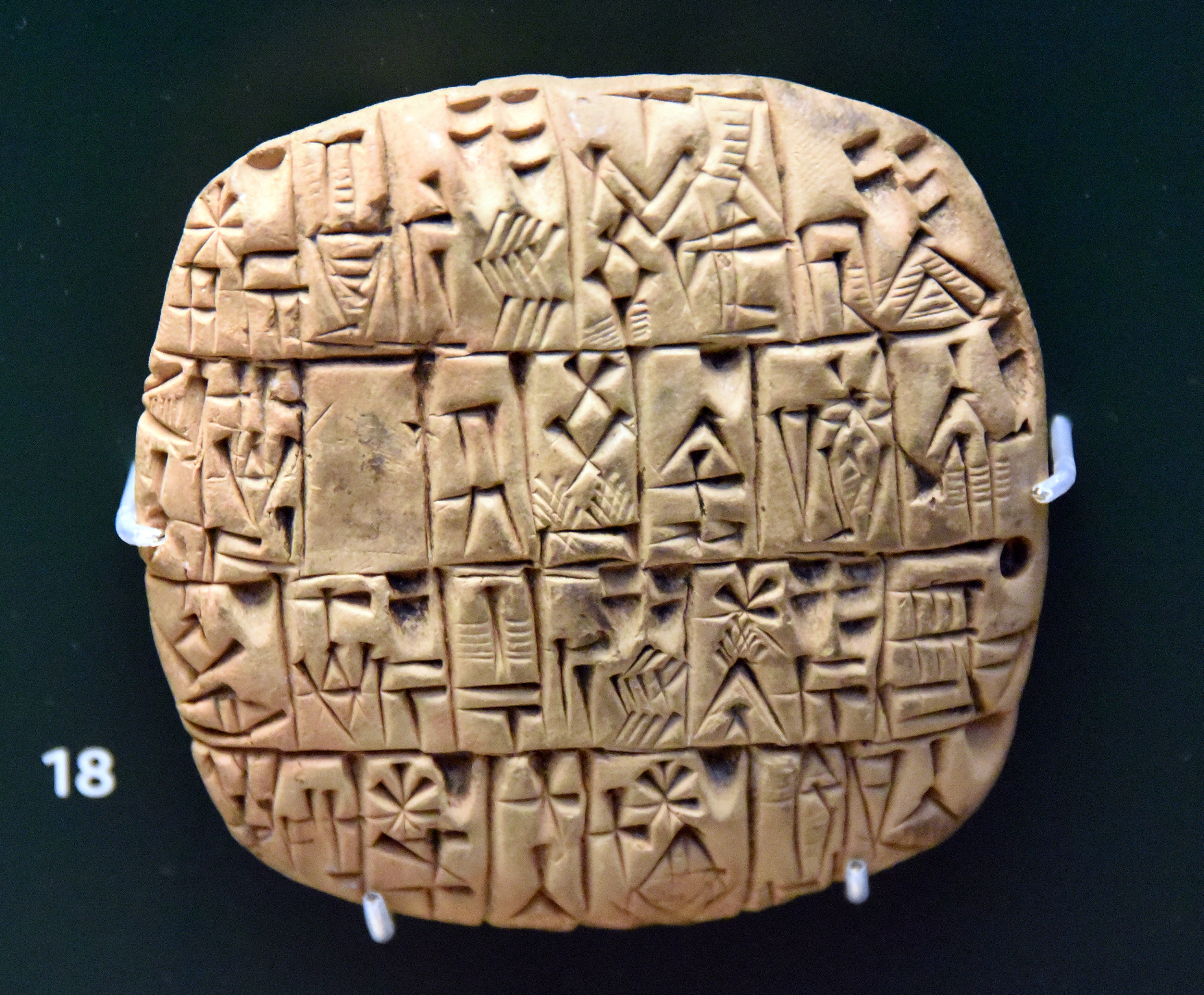
1. **The Dawn of Writing: Sumerian Cuneiform and Early Scripts**: The genesis of recorded human history, and indeed ancient history itself, is inextricably linked to the profound invention of writing. This monumental leap occurred around 5,000 years ago with the development of Sumerian cuneiform script in Mesopotamia, marking the transition from prehistory to a documented past. This early system allowed for the systematic keeping of records, a necessity born from the increasing complexity of urban life and organized societies.
Beyond Mesopotamia, the impulse to record information independently blossomed in several other pivotal locations across the globe. Egypt developed its unique system of hieroglyphs by approximately 3200 BC, an intricate pictorial script deeply intertwined with their spiritual and administrative life. Not long after, by 2800 BC, the enigmatic Indus script emerged in the Indus Valley Civilization, though its secrets remain largely undeciphered to this day, a testament to its mysterious creators.
The spread of writing continued its independent development in the East and West. Chinese characters, famously seen in the Oracle Bone Script of the Shang dynasty (1600 to 1100 BC), solidified a distinct written tradition in East Asia. Meanwhile, in Mesoamerica, writing emerged much later, around 600 BC, with the Zapotec civilization, showcasing diverse pathways to this crucial human achievement that forever altered the course of history, enabling the transmission of knowledge across generations and vast distances.
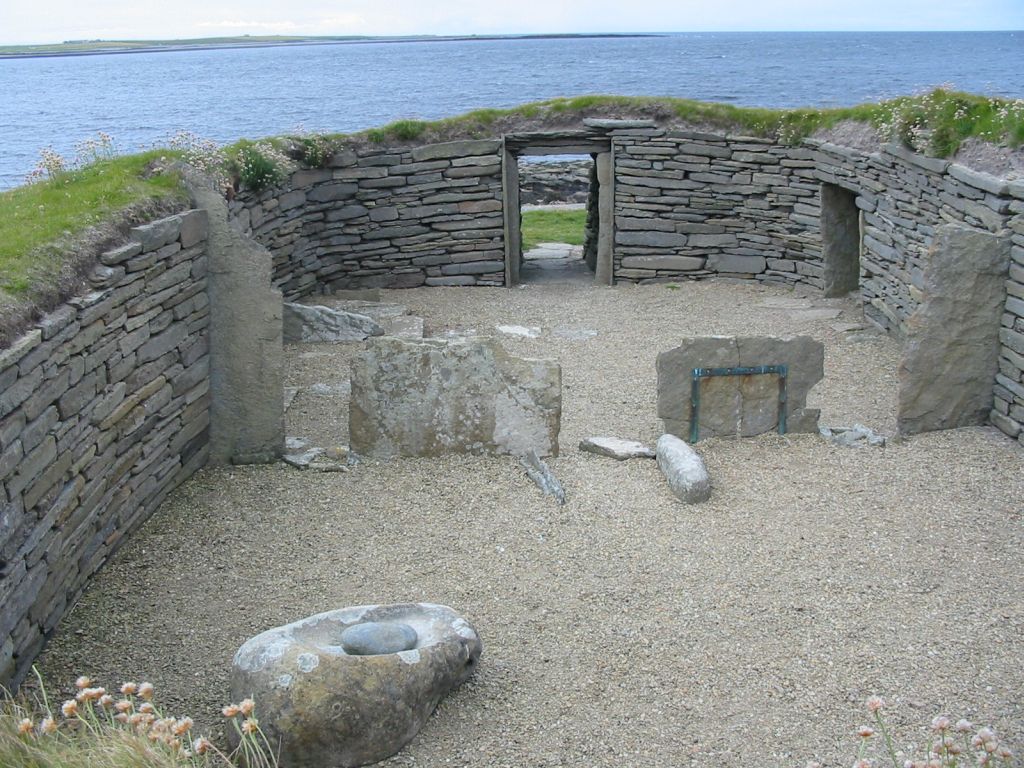
2. **The Neolithic Revolution: A Global Transformation**: While ancient history begins with writing, its roots lie deeply embedded in the transformative period known as the Neolithic Revolution. This profound shift, well underway by the start of ancient history, moved humanity from a nomadic hunter-gatherer existence to settled agricultural communities. The ability to produce surplus food fundamentally changed human society, allowing for permanent settlements and an unprecedented explosion in global population, which increased by 100 times over 10,500 years to reach 209 million by AD 500.
Evidence for agriculture first emerged around 9000 BC in what is now eastern Turkey, rapidly spreading through the Fertile Crescent, a region that proved ideal for early cultivation. Concurrently, other vital agricultural centers arose independently across the globe: the Nile River Valley saw the cultivation of sorghum and millet by 8000 BC, while Western Africa began using yams around the same time. Further east, China began cultivating millet, rice, and legumes around 7000 BC, with taro cultivation appearing in New Guinea. Mesoamerica, too, developed squash cultivation around 7000 BC.
Accompanying this agricultural revolution was the domestication of animals, a process that began with dogs over 15,000 years ago. Sheep and goats were domesticated around 9000 BC in the Fertile Crescent, aligning with the first agricultural practices. Later, pigs, poultry, cattle, water buffalo, horses, donkeys, and camels joined the growing list of domesticated species by about 4000 BC, providing not only food but also invaluable labor, dramatically increasing human capacity for work and further cementing the foundations of settled societies.
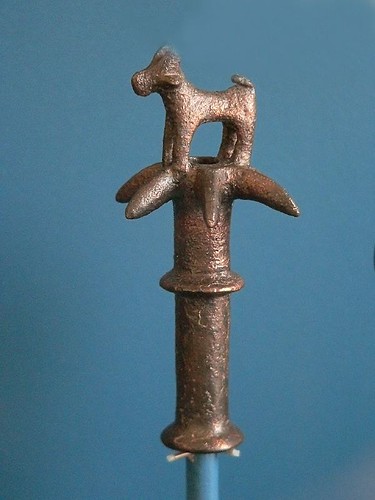
3. **Mastering Metals: From Copper to Bronze and Iron**: The trajectory of ancient history is marked by humanity’s increasing mastery over natural resources, none more pivotal than the development of metallurgy. The initial foray into metal use involved hammered copper items, predating the more complex process of smelting. Smelting copper ores, a breakthrough discovery, occurred around 6000 BC in western Asia, and independently in eastern Asia before 2000 BC, unlocking new possibilities for tool and weapon creation.
The early exploration of metals extended to precious materials, with the use of gold and silver dating back to between 6000 and 5000 BC, primarily for ornamentation and status. However, the true game-changer was alloy metallurgy. Bronze, a stronger and more versatile metal created by combining copper with tin, emerged around 3500 BC in Mesopotamia. This sophisticated technology was also developed independently in China by 2000 BC, signifying a global, albeit independent, progression in metallurgical knowledge.
The subsequent development of iron working brought another revolution, initially improved upon and widely spread by the Hittites. Their introduction of casting iron with molds and then hammering it allowed for the production of weapons and tools that were not only stronger but also significantly cheaper to produce, contributing to a technological arms race across the ancient world. This progression from copper to bronze and then to iron not only defined the “three-age system” of ancient history (Stone, Bronze, Iron Ages) but also fundamentally reshaped warfare, agriculture, and daily life, underpinning the rise of more powerful and technologically advanced civilizations.

4. **The Cradle of Civilization: Mesopotamia’s Enduring Legacy**: Often hailed as the “cradle of civilisation,” the ancient Near East, particularly Mesopotamia, stands as a testament to humanity’s earliest complex societal experiments. This fertile land, nestled between the Tigris and Euphrates rivers, was the first to implement intensive, year-round agriculture, laying the groundwork for unprecedented population densities and the shift from nomadic life to settled urban centers. This agricultural surplus was the engine that powered the rise of the earliest known civilizations.
The journey from agricultural communities to sprawling cities in Mesopotamia began with the Halaf culture around 8000 BC, progressing through the Ubaid period around 6000 BC. The Uruk period (4000–3100 BC) saw the true emergence of cities, which then expanded significantly during the Jemdet Nasr (3100–2900 BC) and Early Dynastic (2900–2350 BC) periods. This concentration of people in one place necessitated extensive labor forces and a sophisticated division of labor, directly leading to the critical need for record keeping and the subsequent development of writing.
Mesopotamia was also a crucible of innovation, birthing foundational elements of organized society. It was here that one of the first coherent writing systems emerged, along with the invention of the potter’s wheel and, crucially, the vehicular wheel. Beyond technology, Mesopotamia pioneered centralized governments, established early law codes, and saw the formation of the first empires. Furthermore, it was the birthplace of social stratification, organized warfare, and the systematic study of stars, leading to early advancements in astronomy and mathematics, leaving an indelible mark on human history.

5. **The Rise of Empires: From Akkad to Assyria and Babylonia**: The fertile plains of Mesopotamia were not only the birthplace of cities but also the crucible where the concept of empire was forged and refined. Akkad, initially a city and its surrounding region near Babylon, rose to prominence as the capital of the Akkadian Empire. Under the formidable King Sargon of Akkad, who achieved his conquests between approximately 2330 and 2150 BC, the Akkadian language, derived from the city’s name, spread throughout Mesopotamia, eventually becoming the principal language of diplomacy across the Near East by 1450 BC.
Further south in lower Mesopotamia, the Amorite state of Babylonia emerged with Babylon as its capital. Babylonia’s rise to an empire was consolidated under the renowned Hammurabi, who unified the territories of the former kingdoms of Sumer and Akkad. This empire left a profound legacy, most notably through Hammurabi’s Code, one of the earliest and most complete written legal codes, demonstrating a sophisticated approach to governance and justice in the ancient world.
Mesopotamia was also home to the formidable Assyrian empires, which controlled the entire Fertile Crescent, Egypt, and much of Anatolia at various times. With its capital at Assur, and later Nineveh, Assyria experienced three distinct periods of large-scale kingdom control: the Old (20th to 18th centuries BC), Middle (14th to 11th centuries BC), and Neo-Assyrian (9th to 7th centuries BC) kingdoms. These powerful entities, alongside the Neo-Babylonian Empire (Chaldea), under Nebuchadnezzar II, who famously conquered Jerusalem and oversaw the construction of architectural wonders like the Hanging Gardens of Babylon and the Ishtar Gate, represent the zenith of Mesopotamian imperial ambition and cultural achievement.
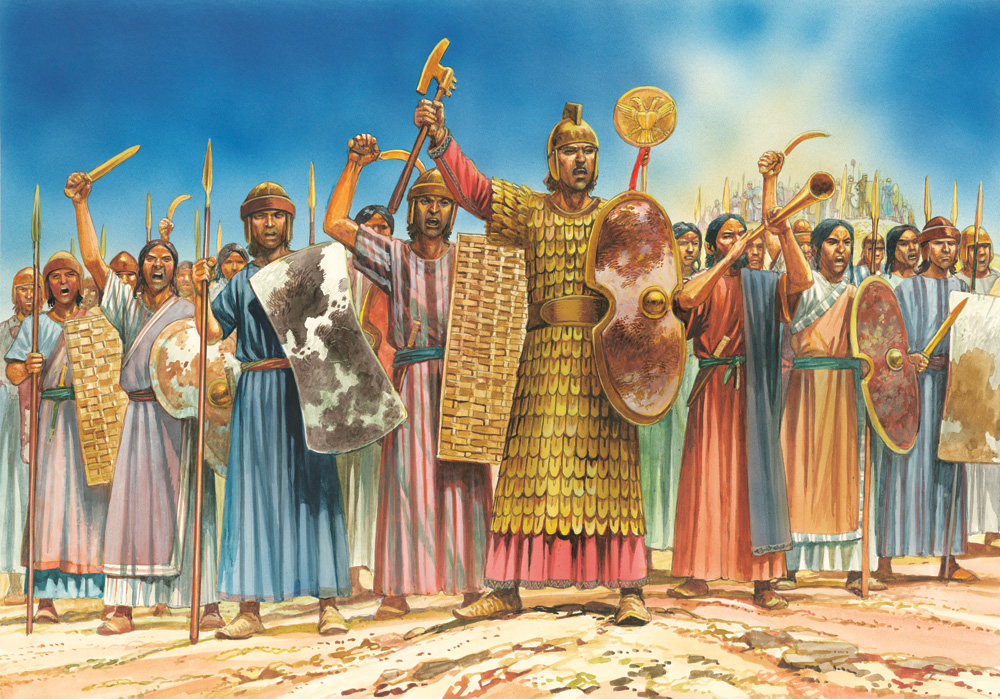
6. **The Hittites: Innovators of Iron and Chariots**: In the ancient land of Anatolia, a powerful civilization known as the Hittites rose to prominence, leaving an indelible mark through their military prowess and groundbreaking technological innovations. Arriving in Anatolia about 1900 BC, the Hittites rapidly expanded into Mesopotamia between 1600 and 1500 BC, where they adapted the cuneiform script to their Indo-European language. By 1200 BC, their empire commanded a vast territory stretching to Phoenicia and eastern Anatolia, solidifying their status as a major regional power.
The Hittites were not merely conquerors; they were crucial disseminators and improvers of two transformative technologies originating from Mesopotamia: advanced iron working and the light chariot with spoked wheels. Their method of casting iron with molds and then hammering it revolutionized metal production, allowing for the creation of weapons and tools that were not only stronger but also significantly cheaper to produce, contributing to a technological arms race across the ancient world.
Furthermore, while chariots had existed prior to the Hittites, their innovation of using spoked wheels made chariots much lighter and far more maneuverable. This technological superiority was famously put to the test in 1274 BC at the Battle of Kadesh, a titanic clash against the Egyptians, where both sides claimed victory in one of the largest chariot battles in history. Despite their innovations, the Hittite Empire eventually met its end when its capital, Hattusa, was sacked in 1207 BC, marking the close of a remarkable chapter in ancient history.

7. **Israel and Judah: Kingdoms of the Ancient Levant**: Venturing into the ancient Levant, we encounter the intertwined histories of Israel and Judah, Iron Age kingdoms that left an indelible mark on the region’s cultural and religious landscape. The name “Israel” first resonates through history around 1209 BC, inscribed on the stele of the Egyptian pharaoh Merneptah, signifying a cultural and perhaps political entity in the central highlands, already significant enough to be viewed as a potential challenge by the formidable Egyptians. By the middle of the 9th century BC, Israel had emerged as a distinct kingdom, evidenced by Assyrian King Shalmaneser III naming “Ahab the Israelite” among his adversaries at the Battle of Qarqar in 853 BC.
Judah, a related kingdom, emerged somewhat later, likely during the 9th century BC, though its precise origins are a subject of ongoing historical debate. Both kingdoms faced formidable external pressures from the rising empires of Mesopotamia. Israel succumbed to the Assyrians in 722 BC, while Judah fell to the Neo-Babylonian Empire in 586 BC, with both conquests leading to the deportation of many inhabitants to other parts of their respective empires, a common practice of ancient imperial control.
However, the resilience of these peoples shone through. Following the fall of Babylon to the Persian Empire, Cyrus the Great issued a decree allowing the rebuilding of the temple in Jerusalem, leading to the return of some exiles to Judea. They remained under Persian rule until the Maccabean revolt ushered in a period of independence during the Hellenistic era, a testament to their enduring identity before the eventual Roman conquest brought them under yet another imperial sphere.
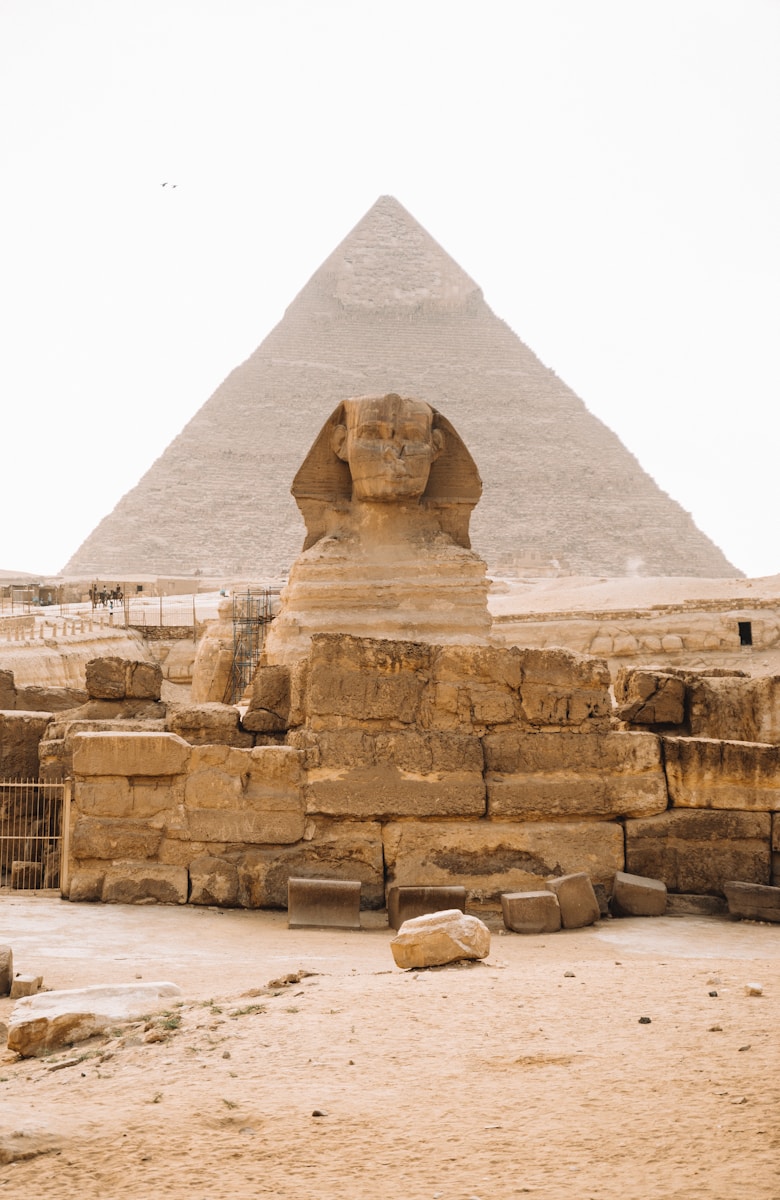
8. **Ancient Egypt: Enduring Civilization of the Nile**: Nestled in northeastern Africa, ancient Egypt emerged as a remarkably long-lived civilization, profoundly shaped by the life-giving waters of the Nile River. This civilization, concentrated along the middle to lower reaches of the Nile, reached its greatest territorial extent during the New Kingdom period in the 2nd millennium BC, stretching from the Nile Delta in the north down to Jebel Barkal at the Fourth Cataract. Its influence also extended, at various times, into the southern Levant, the Eastern and Western Deserts, the Red Sea coastline, and the Sinai Peninsula.
Ancient Egypt’s development unfolded over at least three and a half millennia, beginning with the unification of Nile Valley polities around 3100 BC, traditionally attributed to King Menes. Their society was characterized by the intensive agricultural exploitation of the fertile Nile Valley, the river’s crucial role in transportation, and the pioneering development of writing systems, initially hieroglyphs, followed by hieratic and other derived scripts. This intellectual foundation underpinned a rich literary tradition and the complex administration required for monumental collective projects, such as the iconic pyramids.
Ancient Egyptian history is conventionally segmented into various periods, beginning with the Old Kingdom, celebrated for its monumental pyramid building. Following periods of fragmentation like the First Intermediate Period, the Middle Kingdom saw reunification around 2000 BC. After a Hyksos conquest, the land was reunited in the New Kingdom around 1550 BC, a period of imperial expansion into Palestine and Syria. Subsequent intermediate periods witnessed rule by priests and conquests by Nubian, Assyrian, Persian, and Macedonian powers, each adding layers to this enduring civilization’s story.
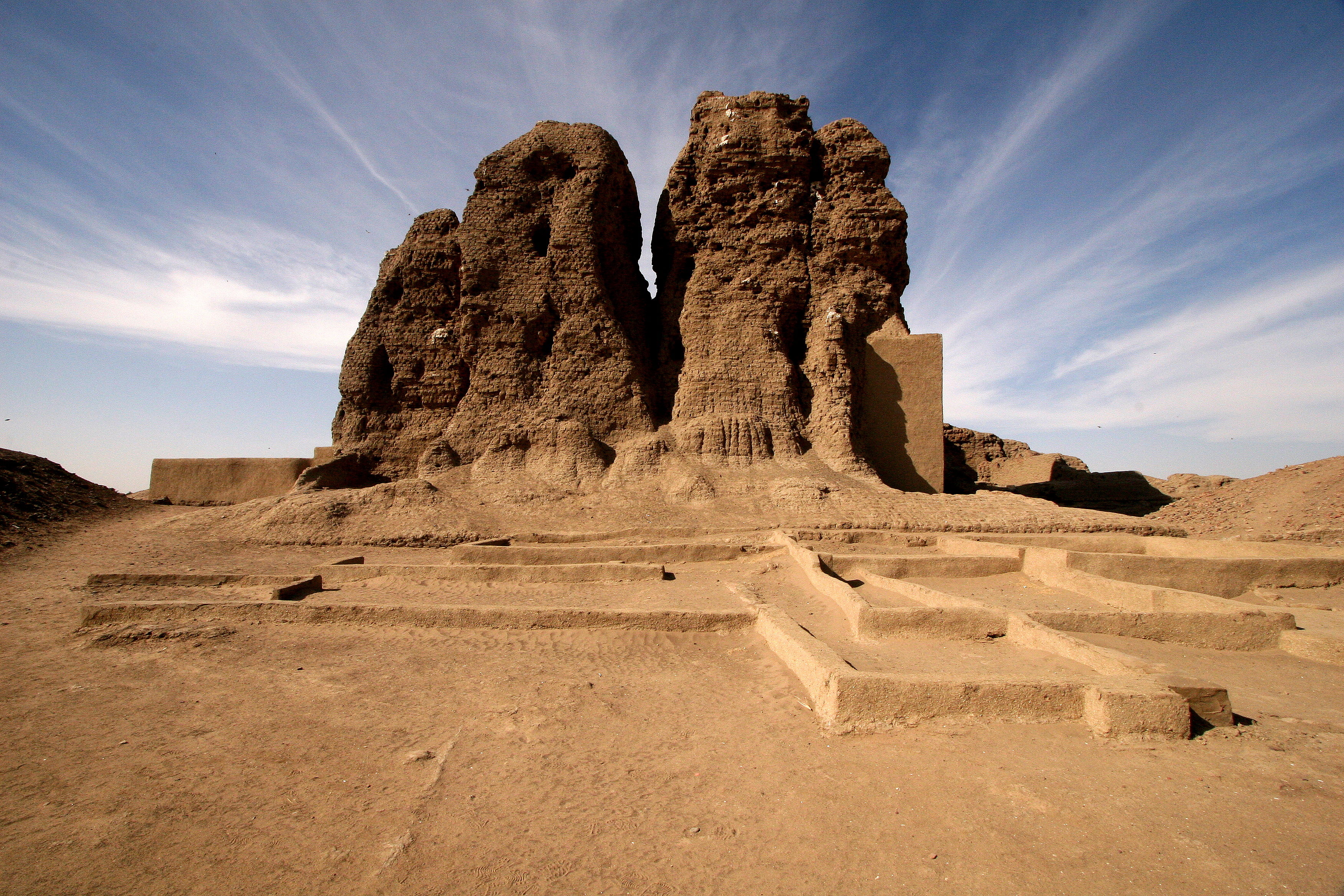
9. **The Kingdom of Kush and Aksum: African Powers South of Egypt**: South of ancient Egypt, in the region historically known as Nubia, powerful African kingdoms flourished, demonstrating unique cultural and political trajectories. The earliest, the Ta-Seti kingdom, was subjugated by Egyptian rulers around 3100 BC, but by 2500 BC, the Nubians established a new and formidable kingdom further south, the Kingdom of Kush, centered on the upper Nile with its capital at Kerma, asserting their independence and developing a distinct identity.
During Egypt’s New Kingdom period, Kush once again fell under Egyptian dominion. Yet, the resilience of the Kushites was undeniable; by 1100 BC, a new Kingdom of Kush had re-emerged, this time with its capital at Napata. Remarkably, Nubian rulers from Kush conquered Egypt itself around 760 BC and retained control for about a century, showcasing their significant military and political strength within the ancient world.
Further to the east in northeastern Africa, centered in modern-day Eritrea and northern Ethiopia, the Kingdom of Aksum rose as an important trading nation. Existing from approximately AD 100 to 940, Aksum evolved from Iron Age proto-Aksumite origins to become a major power by the 1st century AD. At its height in the early 6th century AD, it extended through much of modern Ethiopia and across the Red Sea into Arabia, its capital Aksum serving as a bustling hub of trade and cultural exchange, its prominence documented by the Ezana Stone recording key historical events.
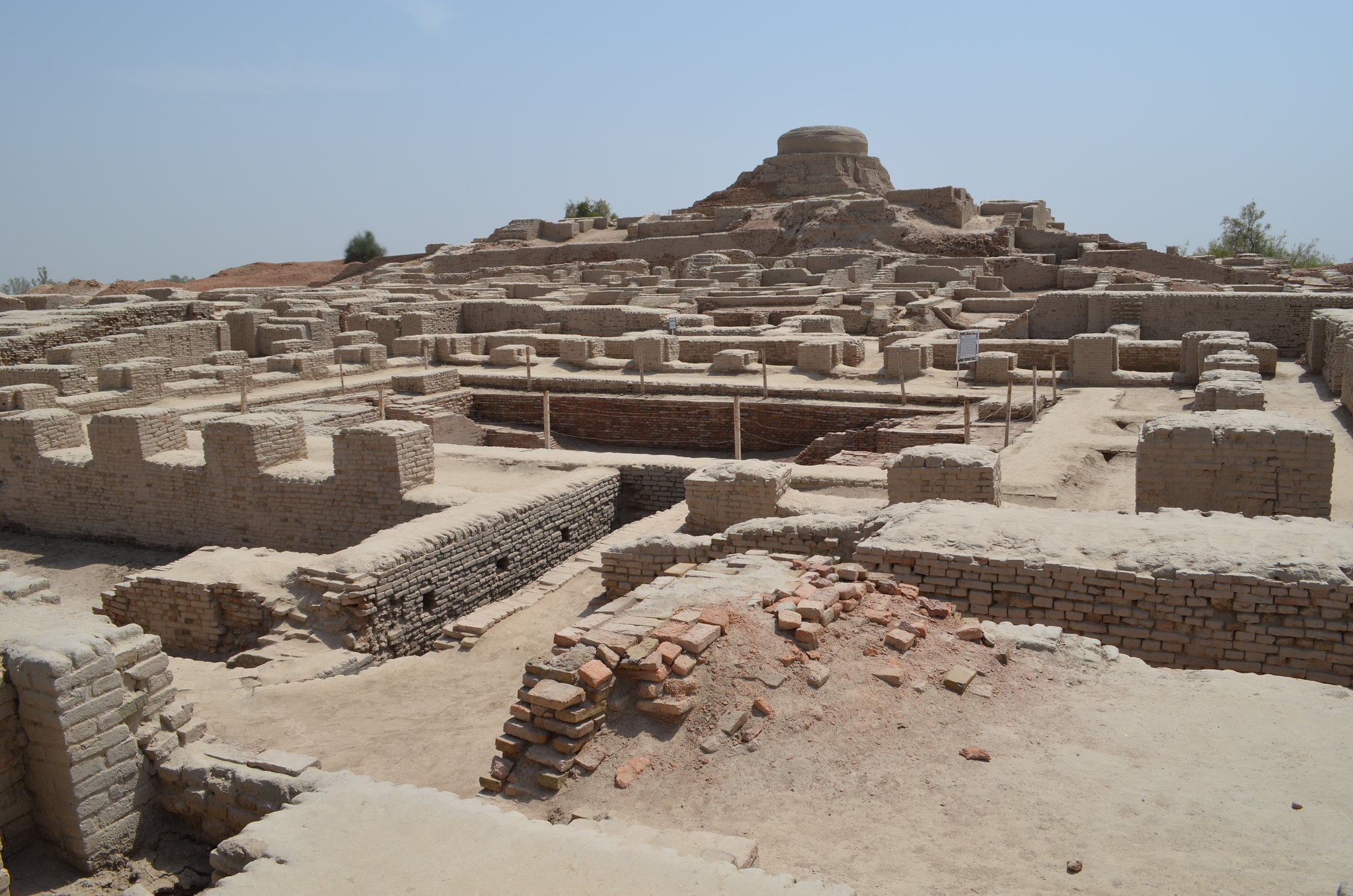
10. **The Indus Valley Civilization: Enigmas of South Asia’s Past**: Our journey now takes us to South Asia, where one of the world’s earliest and most enigmatic civilizations, the Indus Valley Civilization, flourished around 3000 BC. Located in the fertile Indus and Ghaggar-Hakra river valleys across modern-day Afghanistan, Pakistan, and western India, this civilization is also known as Harappan, after Harappa, its first excavated city. It grew from earlier agricultural communities, which by 7000 BC were already cultivating barley, cotton, and wheat, and had domesticated cattle, goats, and sheep.
The Harappan civilization evolved into sophisticated urban centers, creating and trading exquisite jewelry, intricate figurines, and distinctive seals that have been discovered widely across Mesopotamia, Afghanistan, and Iran, indicating extensive trade networks. Beyond earlier domesticated animals, chickens were also domesticated here, adding to the agricultural diversity. Critically, the Indus Valley Civilization developed its own unique writing system, the Indus Valley script, which remains largely undeciphered to this day, shrouding the exact structure of their society and city governance in mystery.
Despite its advanced urban planning and apparent prosperity, by about 1600 BC, many of the Indus Valley cities, including the iconic Mohenjo-Daro, had been abandoned. The precise reasons for this decline remain unknown, sparking much scholarly debate, with theories ranging from environmental changes to shifts in trade routes. This enigmatic disappearance leaves us with a compelling historical puzzle, inviting continued exploration into the secrets of this ancient South Asian powerhouse.

11. **China’s Earliest Dynasties: Civilization of the Yellow River**: In East Asia, the Yellow River valley cradled one of the world’s earliest and most enduring civilizations, a testament to continuous cultural development spanning millennia. Even before formal civilization, Neolithic cultures like Longshan and Yangshao (5000 BC) produced sophisticated pottery, cultivated millet, and likely wove clothes from hemp and silk. Pigs and water buffalo were kept for food, solidifying agrarian life.
The independent development of Chinese characters, notably seen in the Oracle Bone Script of the Shang dynasty (1600 to 1100 BC), marked a pivotal transition to recorded history. These inscriptions on tortoise shells and ox scapulae document early divination practices, royal genealogies, and administrative records, offering invaluable direct insights into the political, social, and religious life of this foundational dynasty. The Shang established many distinctive characteristics of Chinese civilization, from its writing system to its advanced bronze metallurgy.
While the context provided ends with the Shang, this early period laid profound groundwork for China’s subsequent dynastic cycles and enduring cultural identity. Innovations in agriculture, pottery, and writing set China on a unique path, contributing significantly to ancient history with its distinctive contributions.
As our journey through the annals of ancient history concludes, we are left with a profound appreciation for the ingenuity, resilience, and sheer diversity of human experience. From the structured empires of Mesopotamia and the enduring legacy of Egypt to the maritime prowess of the Phoenicians, the spiritual depths of India, the intricate networks of Southeast Asia, and the foundational innovations of China, each civilization contributed unique threads to the grand tapestry of our shared past. These ancient realms, though separated by vast distances and disparate cultures, were interconnected by the common human endeavor to understand, organize, and thrive in their world, leaving behind legacies that continue to inform and inspire us today, reminding us that the echoes of their achievements still reverberate through the modern world.

